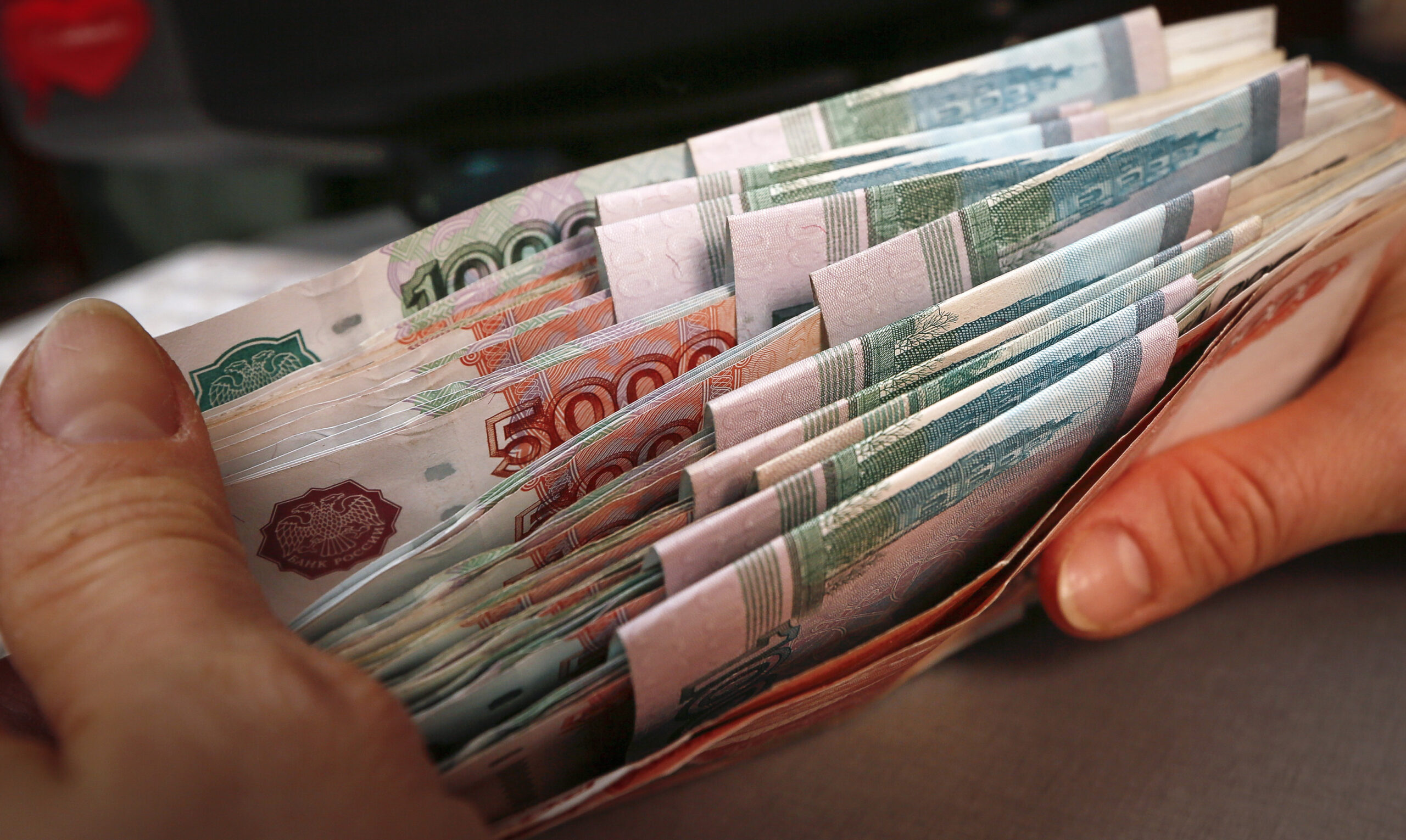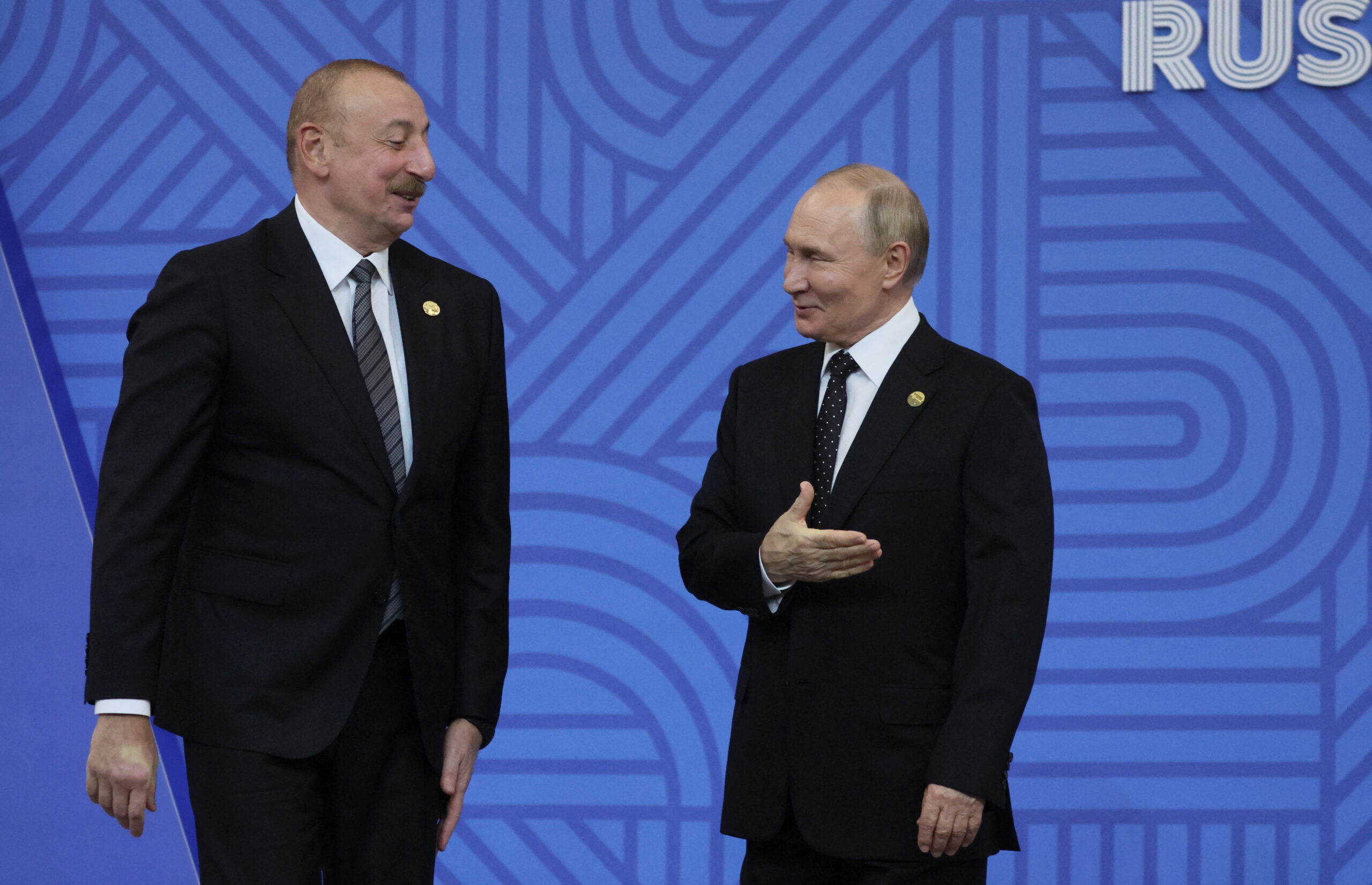At the moment, it is tricky to calculate exactly how hard a hit mobilization might have on the Russian economy. According to the official data, it will affect 300,000 people, and another 120,000 will be called up for compulsory service starting November. These people will be extracted from the non-military sectors of the economy indefinitely. Yet that is about as far as the data will go. No one is crunching the numbers on what specific professionals are drafted and in what numbers. And as so often happens in Russia, two weeks into the mobilization mode «isolated cases of bureaucratic overzealousness were identified in certain locales.» The regional military registration and enlistment offices have reportedly conscripted «everyone they could get their hands on», often overlooking the age and other criteria listed in the «instructions» of the Defense Ministry (combat experience, in particular). In certain regions (Khabarovsk Region), almost half of those drafted later had their summons revoked.
However, by that time many people who did not wish to be sent to war had been scared enough to flee the country (and their jobs in the economy). The effect of their collective flight probably exceeds the fallout of the mobilization itself both in scale and intensity. Based on a comparative study of various Telegram channels, as well as my personal calculations Georgia, Kazakhstan, and Armenia alone have received about as many people as were targeted for draft by the mobilization planners. Tens of thousands had moved to Europe before several countries dropped a new Iron Curtain by refusing to admit Russian citizens with Schengen visas, and many more fled to Turkey, Kyrgyzstan, Tajikistan, Uzbekistan, and even Mongolia; but these countries have not released any credible statistics as to their exact numbers yet. Perhaps, we are talking about a total of 500−600 thousand people or, perhaps, even more. Citing sources in the Kremlin administration, Forbes magazine reports that about 700,000 people have left Russia between the outset of the mobilization on September 21 and early October. 200,000 of these people went to Kazakhstan, and then travelled on from there. That said, it is not possible to calculate how many of these people have left the country for purposes of tourism and how many have fled the draft.
Most of those leaving Russia today are working-age males; these are core consumers and drivers of the economy. We should also add to this number all those who could not or did not want to leave but decided to «lay low» and to fall off the radar — far from the clutches of military commissions. Since it has now become common practice to serve the draft summons at the place of work, many have resigned from their jobs, or at least have taken time off. The total number of «evaders» may be close to a million, but hardly more. Compared to the total size of the workforce in Russia (by the end of last year it was estimated at 75.7 million people, of which 72.5 million were classified as economically active) this number seems insignificant. The 300,000 conscripts also represent a minor share of the total mobilization reserve of 25 million people. However, for certain professions and industries the disappearance of even a small number of employees can prove critical, especially if the mobilization does not follow any proportional principle and recruits people randomly. To use an analogy with import substitution: one can «substitute» almost everything, but there are these special 2−5% of imported components that are so vital and indispensible that nothing can work without them.
Small and medium-sized businesses may find themselves to be particularly vulnerable in these circumstances.
The Opora Rossii (the «Backbone of Russia») platform is the main «loyalist lobbyist» in the interests of SMEs (small and medium-sized enterprises). The group has petitioned the government to grant a deferment of the draft to entrepreneurs and lead professionals of SMEs. They suggest introducing conscription quotas. That is, to limit the number of employees that can be recruited from a single company to prevent a critical loss of staff. They also propose limiting the number of family members who an be drafted at once. In case an individual entrepreneur (IE) is drafted, the director and founder of the organization are asked to provide a transitional period of a few days to delegate all the tasks, to effectuate a power of attorney, or to manage business accounts.
It may sound strange, but in the last 30 years of Russia living with a market economy, it has not occurred to anyone that the mobilization machine needs to be brought in line with new realities. So it has remained fundamentally Soviet in its essence. For example, there were no predetermined categories of specialists and professions prioritised for drafting or exemptions. (The very concept of «partial mobilization» itself was not legally codified until September this year). Moreover, there are no legal provisions on the «quotas» of employees to be drafted from a single enterprise; neither are there regulations concerning family members. The system of granting exemption from military draft granted to «valuable specialists», such as IT-professionals, was only hastily developed after the announcement of the mobilization; even now, it seems opaque and vulnerable to the subjectivity of military committees and heavily dependent on the «administrative weight» of the given organization. The notion of such quotas does exist in Ukraine, for example, where employees of certain enterprises that play an important role in the economy are offered exemption from the draft.
At the end of September, the Ministry of Science and Technology published a list of 195 professions recommended for draft deferment that had been compiled on the basis of proposals submitted by industry associations and backbone companies. Obviously, it is not customary in Russia to classify SMEs as «backbone» companies. Even if it is an IT-company, it has to be specially «accredited» by relevant officials to enable its employees to qualify for a draft exemption. It is difficult for ordinary SMEs who do not have any lobbying powers to obtain such a status.
The Opora Rossii petition is just one of many such petitions that have poured in from all sectors of the economy — from IT to agriculture, from civil aviation to the pharmaceutical industry. However, small and medium-sized enterprises have the slimmest chances of rescuing their own employees. Despite the government’s multiple pronouncements about the particular importance of this sector of the economy, the share of SMEs in the country’s GDP has never exceeded 20% (it typically exceeds 50% in developed countries). Add to that the traditionally dismissive attitude to such businessmen and businesswomen espoused by Russian officials, and by Putin himself, who typically view them as «shopkeepers,» «speculators,» «hucksters,» and «hawkers», utterly pathetic and useless. They do not manufacture tanks and rockets, after all.
Perversely, Russia’s small and medium-sized businesses are being hit hard just as they are finally taking off. After all, last year saw a significant increase in the number of newly registered businesses — more than 1 million (about 800,000 of SMEs went belly up the same year). This past spring, however, the number of closed legal entities was reported to be one and a half times higher than during the same period last year. The number of new registered legal entities has also decreased by 4% year-on-year. The total number of legal entities in Russia as of June 1, 2022 was almost 6% less than on June 1, 2021. Almost half of the companies in Russia laid off or stopped hiring employees before the end of the year.
Several months after the start of the war in Ukraine, it seemed that SMEs had a chance to occupy new niches on the market vacated by departing Western companies, as well as in import substitution and gray imports. September 21 changed things dramatically. This winter, a lot of things are going into a hibernation mode.
What numbers (the number of people employed by or owners of SMEs) are we talking about? The largest estimate is around 25 million people, of which about 18 million are hired workers. This is a third of the country’s workforce. Another four million people or so are self-employed. The number of individual entrepreneurs in the SMEs sector is estimated at 3.7 million people.
The latter category should be considered separately, not least because such business usually hinges on one person: if this person is gone (to war, or worse), the business crumbles and all the jobs are lost.
What are the main problems facing SMEs during the mobilization period? One is the uneven «mobilization load» carried by different enterprises of the same industry (the load is random and depends on the will of the specific military commandant’s office). On top of that, a strong «personalization» of SMEs (which is true of other business in Russia in general) is an issue: everything depends on a single person. There seems to be no solution to the problem of losing a business owner or director to mobilization (including individual enterpreneurs): to whom and how can he or she promptly delegate all the tasks, including management of the financial affairs? There is no legal provision in place regulating simplified procedure for emergency liquidation of a legal entity in the context of mobilization or for the termination of state registration for individual entrepreneurs. At the same time these business have to continue paying taxes and other payments (that do not depend on the volume of proceeds) in full. And it is legally impossible to transfer all your business activity to another person legally registered as an individual entrepreneur.
SMEs, like the entire economy, may now face an even more severe shortage of staff (as people are leaving or going into hiding en masse). In many regions, after all, it used to be tough even before the war to find appropriate personnel. Those who remain in the country now will have to be paid more, with the consumers shouldering the costs of forced pay rises. It is safe to predict that a lot of business activity will flee into the «shadow economy», away from the prying eye of the state, which will have predictable consequences for the fiscal agency’s ability to collect taxes. Experts predict that the drain of qualified cadres will have a particularly devastating effect not only and not so much on the IT-sector (it is easier for IT-specialists to find remote work), but mainly on the service sector, because of its high proportion of small companies. Or, consider logistics: it also has a high share of SMEs, and its drivers, a key profession for the industry, is now one of the most in-demand military jobs.
It is not clear yet just how many jobs are lost in the SME sector. All we have at our disposal are some incoherent bits of information that can be roughly extrapolated. For instance, after the mobilization launch September 21, the number of orders in Moscow restaurants fell by 17% compared to the prior week and by 27% compared to the same week in 2021. Revenues of catering establishments have dropped by 18%. The number of orders in Kazan’s catering sector has decreased by almost 20% since September 21 compared to the «week before,» and the revenue dropped by 18%. The index of attendance per 1000 sq. m of retail space in Moscow in the first week of mobilization decreased week to week by 4%.
Even those who do not go anywhere change their consumer habits dramatically, not least due to stress. They start radically tightening their belts, cutting expenses because of extreme uncertainty: nobody knows what the future might hold; families need to consider their budgets in the case of losing their breadwinner. It is not the time to buy durable goods or cars, to undertake apartment renovations, travels or many other things, which to a large extent used to be provided or produced by SMEs. For example, the number of cancellations of organized tours (primarily to domestic destinations) reported by the tourist industry since September 21 has increased by 35−45%, and the figure is expected to grow to 40−50%.
But there is «good news» too. The mobilized are promised decent payments of up to 200,000 -300,000 rubles (3,300 — 5,000 euro) per month. The overwhelming majority of those drafted have never seen salaries like this their entire lives. Last year, the median salary in Russia was around 36, 000 rubles a month (600 euro). If a mobilization plan of drafting 300,000 people were to be completed, payments owed to the draftees would exceed one trillion rubles a year. Since there is nothing for them to spend this kind of money on in Ukraine, they will mostly wire it to their families, which, in turn, will spend it mostly on consumer goods and services. Last year, retail turnover grew by 7.3% and reached 39,25 trillion, to which another trillion will now be added. It remains to be seen whether it will compensate for other losses.
An even bigger question still, for which there is still no answer either, is whether the current «partial mobilization» will be the last wave or it will be followed by others? We do not know yet whether the government is preparing to mobilize the entire economy and put it on a war footing. There might be no place left for small and medium-sized business in such an economy. However, it will pale in comparison to the ongoing global war and tragedy.










